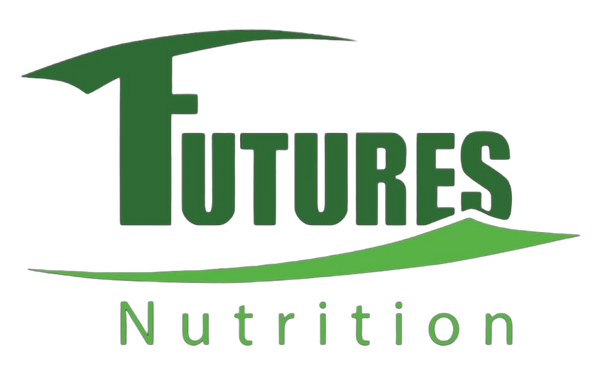
What is Vitamin K2?
Share
Vitamin K2 Δ what is this?

You hear a lot about nutrients, especially vitamins. Some of them are much more famous than others. Vitamin K2 is one of the less frequently mentioned essential nutrients. However, it also plays an important role in the body. What exactly is this role? In which foods is it contained? Why is it so important to us? The answers.
What is Vitamin K2?

Vitamin K is a fat-soluble vitamin, i.e. it is soluble in fat. There are two forms: vitamin K1, also called phyllochinone, and Vitamin K2Also known as menaquinone. There is a third form of vitamin K, vitamin K3, which is synthesized. Today it is only used in veterinary medicine. Vitamin K2 is therefore a close relative of vitamin K1, which is very often associated with its role in blood clotting in the body. These two vitamins belong to the same family, although vitamin K2 is less common in our diet. The latter is of great interest to numerous researchers today because of its role in bone health. Science has not studied the effects of this nutrient for very long (only for a few years). In addition, vitamin K is divided into several subtypes, of which MK-4 and MK-7 are the most important.
The tasks of vitamin K2 in the body
Vitamin K1 plays a role in blood clotting. It is the most well-known form of vitamin K, whose name derives from the German word "coagulation". Vitamin K2 has an effect on the calcification of soft tissues and on the health of bones. In North America and Europe, researchers have long been interested in vitamin K1. Only in the last ten years have they been interested in vitamin K2 and its role in the prevention and treatment of cardiovascular diseases and osteoporosis.
Calcium is an important mineral for our body. Calcium is not only a building material for our teeth and bones, but also plays a key role in various biological processes. One of the main functions of vitamin K is to activate proteins to give them the ability to bind calcium. However, vitamin K1 and vitamin K2 are not involved in the same way at this stage. Many researchers believe that these two vitamins should be classified as separate nutrients.
Side effects of vitamin D3 and K2

Without weakening Vitamin K2 High levels of vitamin D can lead to high levels of calcium in the blood. This leads to calcification of the blood vessels, which can lead to heart disease or strokes. Too much vitamin K2 can be dangerous if you are on dialysis due to kidney disease. In addition, too high vitamin D levels have led to kidney failure. Vitamin D poisoning can also lead to bone loss, as vitamin D absorbs calcium from the bones and releases it into the bloodstream. Too much vitamin D means that too much calcium is absorbed from the bones. You can safely spend five months a day 10 000 IE Vitamin D plus K2 without any problems; toxicity is rather unusual. D3 20.000 IE should be administered with caution to patients suffering from sarcoidosis, as there is a risk that the metabolism of vitamin D may be accelerated to its active form. These patients should be monitored for serum and urine calcium levels.
Serum calcium levels must be maintained during long-term treatment with an equivalent daily dose of more than 10.000 IE Vitamin D shall be monitored. If the calcium level in the urine exceeds 7.5 mmol/24 hours (300 mg/24 hours), it is advisable to reduce or discontinue the medication. In each patient, a stronger calcium supplement may be required. Calcium supplements should only be administered on instruction of a medical professional. 20,000 IU of vitamin D3 should not be given to children under 12 years of age.
The most important sources of vitamin K2

In contrast to vitamin K1, which occurs in green leafy vegetables, K2 is practically non-existent in our diet. This vitamin is the result of a fermentation, that is, it is produced by bacteria. The most common thing is to find in our digestive system. You can also find it in fermented products such as cheese and natto. Natto is a Japanese product that is made from fermented soybeans. Natto is the best source of vitamin K2 (it contains 100 times more than cheese). K2 is also included in fish oil, miso, liver and yoghurt. In the case of newborns, an additional vitamin D intake is required to ensure a sufficient status.
Are some populations more prone to a vitamin D deficiency than others?
Since the ability of the body to absorb or synthesize vitamin D decreases with age, older people are particularly at risk, since a low vitamin D intake can lead to osteoporosis.
Other population groups are also at risk: newborns, infants, pregnant women, women after menopause, whose hormonal conversion leads to demineralization of the bones and thus increases the risk of fracture, and people with dark skin, in which the synthesis of this vitamin by solar radiation is less effective.
Finally, certain factors such as a special diet, which dispenses with meat, fish, eggs and dairy products, or diseases that lead to malabsorption in the intestine, may increase the risk of a deficiency.
Can the intake of dietary supplements prevent the risk of vitamin D deficiency?
It is possible to achieve a sufficient vitamin D status by setting out the sun, for example. This is due to physical activity in the fresh air, and by nourishment, by ensuring that vitamin D-rich products are on the menu.
However, for certain groups of the population
